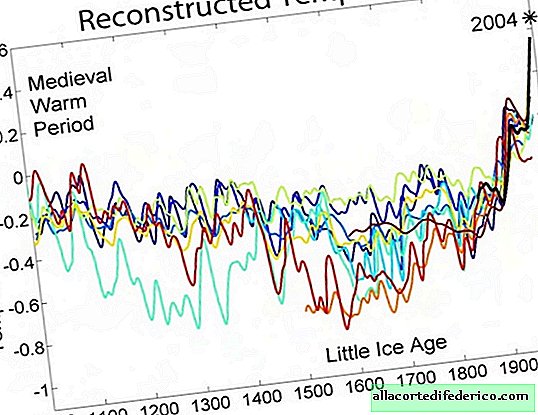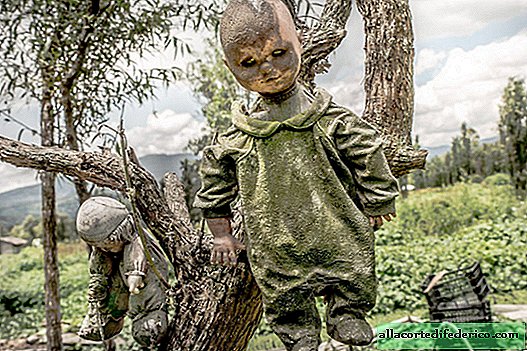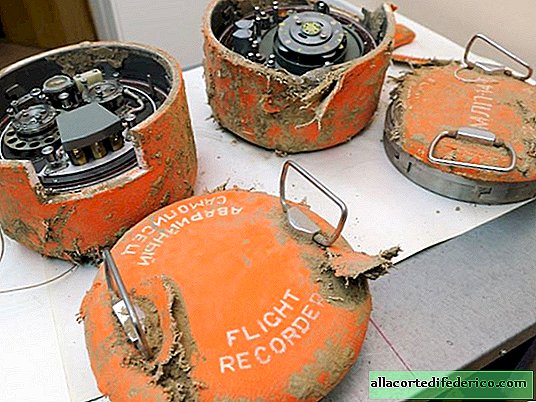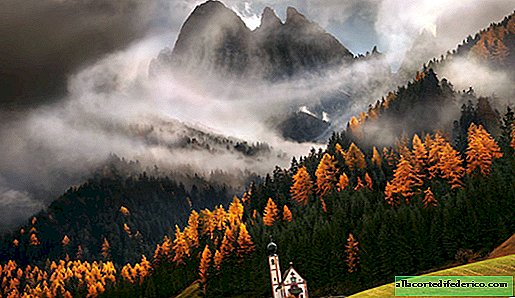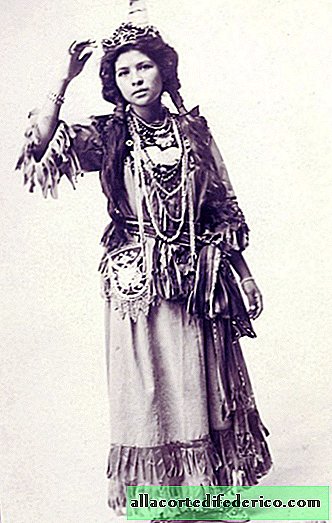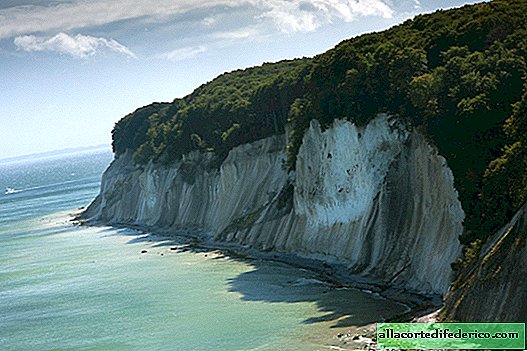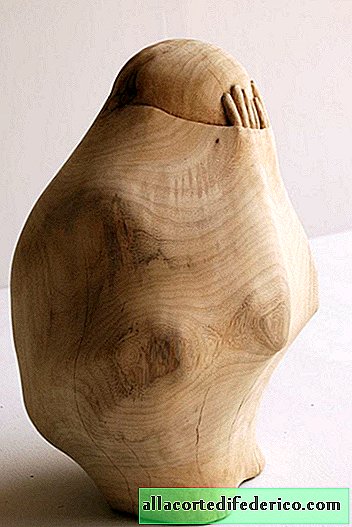"Dragons live here": what can be seen on medieval maps of the world
Types of medieval maps
The most common type of medieval map is the so-called T-O map. The world was divided into three parts - Europe, Asia, Africa. “O” refers to the world's oceans, and “T” refers to rivers and bodies of water that separate parts of the world from each other. In the center of the world, on almost all maps, was Jerusalem and the Holy Land. That probably needs explanation: the medieval man is extremely religious. Christian motifs explain the division into three parts. This corresponds to the Old Testament legend about the division of the world between the three sons of Noah - Shem, Ham and Japheth.
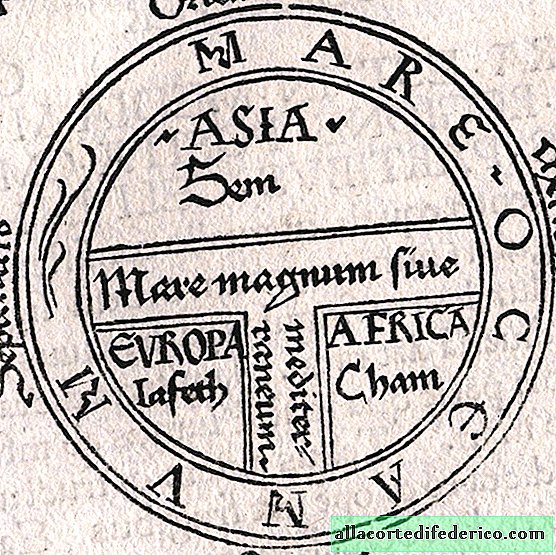 Map view T-O
Map view T-O“T-O” cards are the most popular type in medieval cartography, and it was he who formed the basis for the vast majority of cards that have reached us.
For example, the famous Hereford map.
 Hereford map, border of the 13th-14th centuries, view of OT
Hereford map, border of the 13th-14th centuries, view of OTHow to read medieval maps
The main feature of the maps of the Middle Ages is their topology. They do not depict exact distances, distances, proportions. They only show what is located relative to. For example, India is east of Persia, but what exact distance between them can not be found on the map.
The reason for this is not that medieval people did not know the ideas about the sphericity of the earth or did not know how to scale. No. Just by drawing a map, they pursued very different goals.
If you look closely, then on the maps of that time you can see the names of both modern cities and the places where the most important events of world history took place (Ancient Greece, Rome, Persia). Next to real or existing places there are also Bible places - the Garden of Eden, the Tower of Babel.
 XIV Century World Map, British Museum (author: Ranulf Higden, British Library)
XIV Century World Map, British Museum (author: Ranulf Higden, British Library)And if Europe is described in detail on maps, then in Asia and Africa medieval cartographers placed on their masterpieces unseen beings. The fact is that little was known about these regions, and therefore they, on the one hand, represented a danger, and on the other, the imagination of the people of the Middle Ages allowed them to be inhabited by fairy-tale characters.
In short, the medieval maps reflected the ideas of people of that time about the structure of the world, were a chronicle of the history of mankind, moving from Creation to the Apocalypse.
If the maps in the Middle Ages were not intended for orientation on the terrain, then how then merchants traveled
Medieval people used textual geographical and cartographic descriptions of routes to orient themselves when traveling. Often such descriptions can be found on the cards themselves. After a trip to Asia, Marco Polo in the 13th century gained popularity in his "Book on the Diversity of the World", in which he also sets out his route and the places he visited. There is an assumption that even Christopher Columbus in the 15th century, preparing to sail to India, used Marco Polo's notes to draw up a travel route.
 Part of the Catalan Atlas of the World, 1375, portulan (author: Abraham Cresques, Bibliothèque Nationale de Fance)
Part of the Catalan Atlas of the World, 1375, portulan (author: Abraham Cresques, Bibliothèque Nationale de Fance)And marine navigational charts with outlines of coasts, continents, islands, city names that could already be used when traveling began to appear much later, in the late Middle Ages (such charts were called portulans), from the end of the 13th century. But that is another story.

